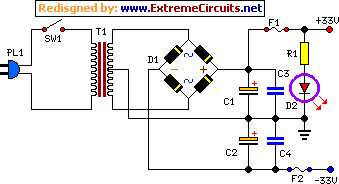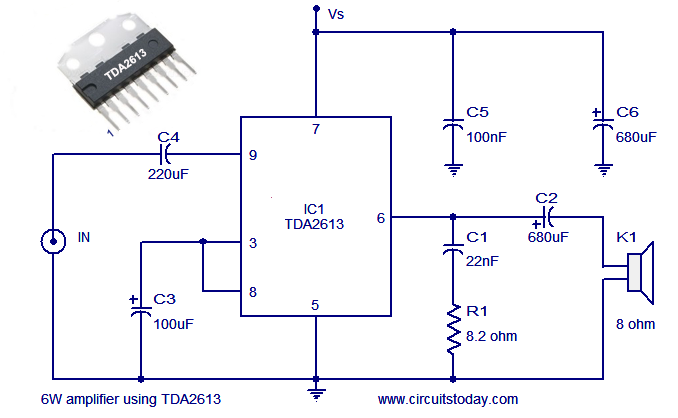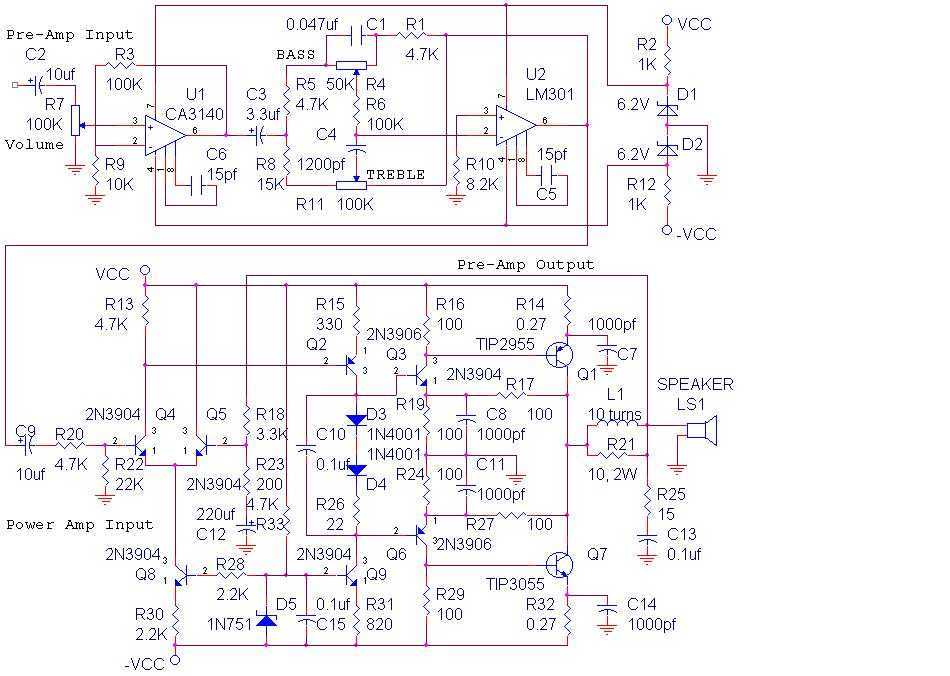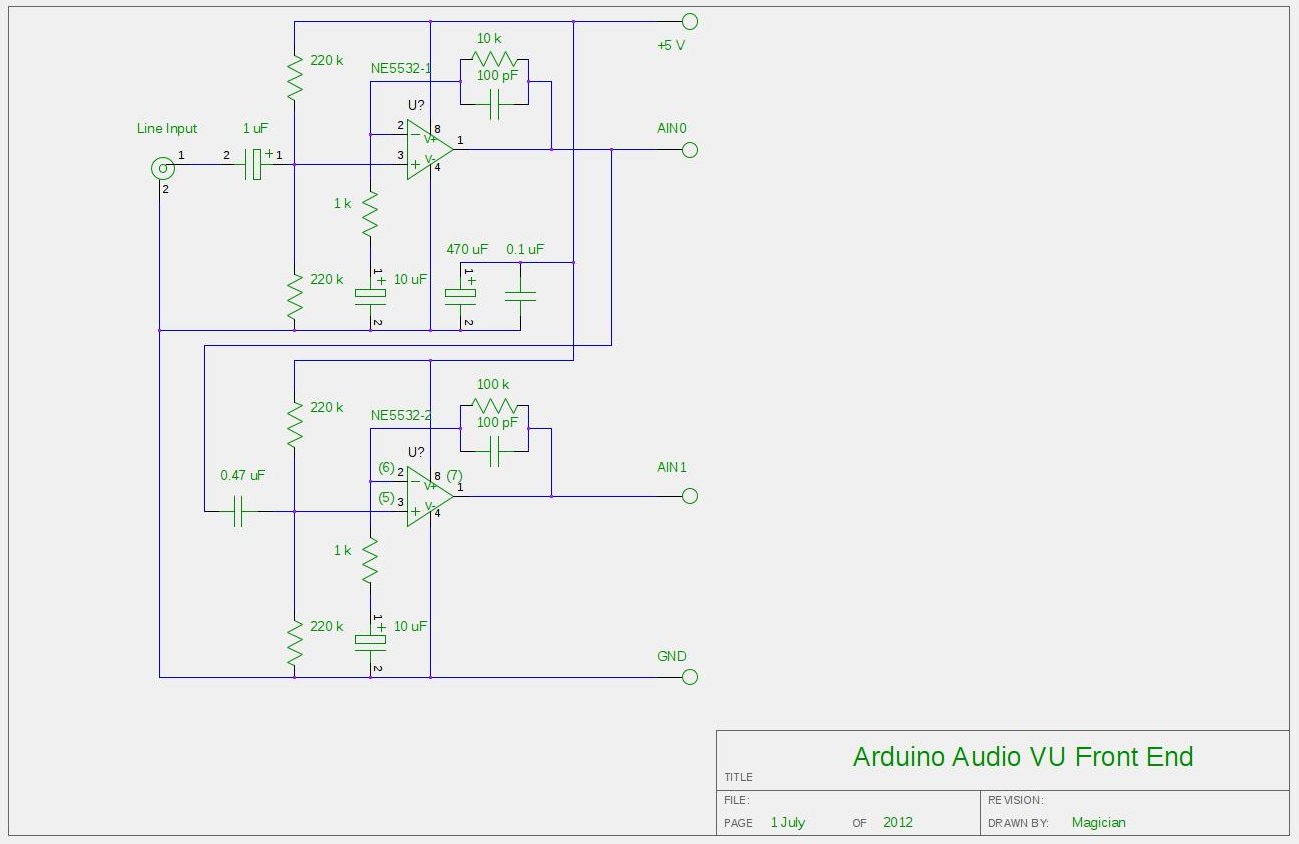
Audio Oscillators

The discussion has focused on oscillators that utilize L-C tuned circuits, which create a 180° phase shift due to inductive or capacitive coupling, in addition to another 180° phase shift produced by the transistor itself. These L-C oscillators are widely used for generating high-frequency oscillations; however, they are not suitable for low-frequency oscillations due to their size and cost. R-C oscillators are preferred for audio frequency generation, as they offer good frequency stability and waveform characteristics. With the advancement of integrated circuit (IC) technology, R-C networks have become the only viable option, as creating high inductance values in ICs is challenging. Two common types of R-C oscillators are the R-C phase shift oscillator and the Wien bridge oscillator. Another widely used audio oscillator is the beat frequency oscillator (BFO). These three audio oscillators will be discussed. To produce oscillations in an oscillator circuit, positive feedback is required, meaning that the feedback voltage signal should be in phase with the input signal. An inverting amplifier can be employed with a feedback network that provides a 180° phase shift at the desired oscillation frequency. The 180° phase shift in the feedback signal can be achieved using a network consisting of three R-C sections. When using such a phase-shift network in a phase shift oscillator, the values of the resistors and capacitors must be selected to achieve a 180° phase shift at the intended frequency of oscillation. The output of the voltage amplifier is connected to the input of the phase-shift network, thus V1 equals Vout. The output resistance of the amplifier is designed to be significantly smaller than the input impedance of the phase-shift network. The output voltage of the phase-shift network, V2, is then fed into the amplifier's input, i.e., V2 equals Vin. The input impedance of the amplifier must be much greater than the output impedance of the phase-shift network. Alternatively, positive feedback can be generated using two stages of amplifiers, each providing a 180° phase shift. A portion of this output is fed back to the input through a feedback network without introducing any further phase shift. The Wien bridge oscillator operates based on this principle.
The operation of oscillators is fundamentally rooted in the concept of positive feedback, which ensures that the output signal reinforces the input signal. In the case of the R-C phase shift oscillator, the circuit typically consists of an inverting amplifier followed by a phase-shift network. The phase-shift network is composed of three identical R-C sections, which collectively provide a total phase shift of 180° at the desired frequency. The selection of resistor and capacitor values is critical; they must be chosen to ensure that the phase shift aligns with the frequency of oscillation.
The Wien bridge oscillator, another notable R-C oscillator, employs a bridge circuit that balances two arms of resistors and capacitors, allowing for precise frequency control. This oscillator is known for its stability and low distortion, making it suitable for audio applications. The feedback mechanism in this oscillator utilizes a combination of resistive and capacitive elements to achieve the necessary phase shift while maintaining a stable amplitude.
In both types of oscillators, careful consideration of component values and configurations is essential to achieve the desired performance. The stability of the oscillation frequency, as well as the amplitude of the output waveform, can be influenced by the quality of the components used and the overall design of the circuit. These factors contribute to the effectiveness of R-C oscillators in generating audio frequencies in various applications, including signal generators, tone generators, and audio processing equipment.So far, we have considered the oscillators which use L-C tuned circuit that causes a phase shift of 180 ° due to inductive or capacitive coupling in addition to a 180 ° phase shift produced by the transistor itself. The oscillators employing L-C elements, called the L-C oscillators, are very popular for generating high frequency oscillations but t
hey cannot be employed for generation of low frequency oscillations as they become too bulky and expensive. R- C oscil lators are commonly used for generating audio-frequencies as they provide good frequency stability and waveform.
Also, with the advent of IC technology, R-C network is the only feasible solution, as it is very difficult to make a too high value inductance in an integrated circuit. Two com monly used R-C oscillators are (i) R-C phase shift oscillator and (ii) Wien bridge oscillator.
Another commonly used audio-oscillator is the beat frequency oscillator (BFO). So these three audio-oscillators will be discussed here. For producing oscillations in an oscillator circuit we need positive feedback which means that the voltage signal feedback should be in phase with the input signal. For providing a positive feedback at one particular frequency, an inverting amplifier may be used with a feedback network that causes a phase shift of 180 ° at the desired frequency of oscillation, as shown in fig.
(a). The 180 ° phase shift in the feedback signal can be obtained by a suitable network consisting of three R-C sections, as shown in fig. (b). When a phase-shift network such as that indicated in fig. is used in a phase shift oscillator, the R`s and C`s must be selected so as to produce a phase shift of 180 ° at the desired frequency of oscillation.
The output of the voltage amplifier is fed to the input to the phase-shift network. Thus V1 = Vout. The output resistance of the amplifier is designed to be very small in comparison to the input impedance of the phase-shift network. The output voltage of the phase-shift network, V2 is fed into the input of the amplifier i. e. , V2 = Vin. The amplifier`s input impedance must be much larger than the output impedance of the phase-shift network.
Alternatively, a positive feedback can be obtained by using two stages of amplifiers each giving a phase shift of 180 °. A part of this output is fedback to the input through a feedback network without causing any further phase shift.
Wien bridge oscillator operates on this principle. 🔗 External reference
The operation of oscillators is fundamentally rooted in the concept of positive feedback, which ensures that the output signal reinforces the input signal. In the case of the R-C phase shift oscillator, the circuit typically consists of an inverting amplifier followed by a phase-shift network. The phase-shift network is composed of three identical R-C sections, which collectively provide a total phase shift of 180° at the desired frequency. The selection of resistor and capacitor values is critical; they must be chosen to ensure that the phase shift aligns with the frequency of oscillation.
The Wien bridge oscillator, another notable R-C oscillator, employs a bridge circuit that balances two arms of resistors and capacitors, allowing for precise frequency control. This oscillator is known for its stability and low distortion, making it suitable for audio applications. The feedback mechanism in this oscillator utilizes a combination of resistive and capacitive elements to achieve the necessary phase shift while maintaining a stable amplitude.
In both types of oscillators, careful consideration of component values and configurations is essential to achieve the desired performance. The stability of the oscillation frequency, as well as the amplitude of the output waveform, can be influenced by the quality of the components used and the overall design of the circuit. These factors contribute to the effectiveness of R-C oscillators in generating audio frequencies in various applications, including signal generators, tone generators, and audio processing equipment.So far, we have considered the oscillators which use L-C tuned circuit that causes a phase shift of 180 ° due to inductive or capacitive coupling in addition to a 180 ° phase shift produced by the transistor itself. The oscillators employing L-C elements, called the L-C oscillators, are very popular for generating high frequency oscillations but t
hey cannot be employed for generation of low frequency oscillations as they become too bulky and expensive. R- C oscil lators are commonly used for generating audio-frequencies as they provide good frequency stability and waveform.
Also, with the advent of IC technology, R-C network is the only feasible solution, as it is very difficult to make a too high value inductance in an integrated circuit. Two com monly used R-C oscillators are (i) R-C phase shift oscillator and (ii) Wien bridge oscillator.
Another commonly used audio-oscillator is the beat frequency oscillator (BFO). So these three audio-oscillators will be discussed here. For producing oscillations in an oscillator circuit we need positive feedback which means that the voltage signal feedback should be in phase with the input signal. For providing a positive feedback at one particular frequency, an inverting amplifier may be used with a feedback network that causes a phase shift of 180 ° at the desired frequency of oscillation, as shown in fig.
(a). The 180 ° phase shift in the feedback signal can be obtained by a suitable network consisting of three R-C sections, as shown in fig. (b). When a phase-shift network such as that indicated in fig. is used in a phase shift oscillator, the R`s and C`s must be selected so as to produce a phase shift of 180 ° at the desired frequency of oscillation.
The output of the voltage amplifier is fed to the input to the phase-shift network. Thus V1 = Vout. The output resistance of the amplifier is designed to be very small in comparison to the input impedance of the phase-shift network. The output voltage of the phase-shift network, V2 is fed into the input of the amplifier i. e. , V2 = Vin. The amplifier`s input impedance must be much larger than the output impedance of the phase-shift network.
Alternatively, a positive feedback can be obtained by using two stages of amplifiers each giving a phase shift of 180 °. A part of this output is fedback to the input through a feedback network without causing any further phase shift.
Wien bridge oscillator operates on this principle. 🔗 External reference





